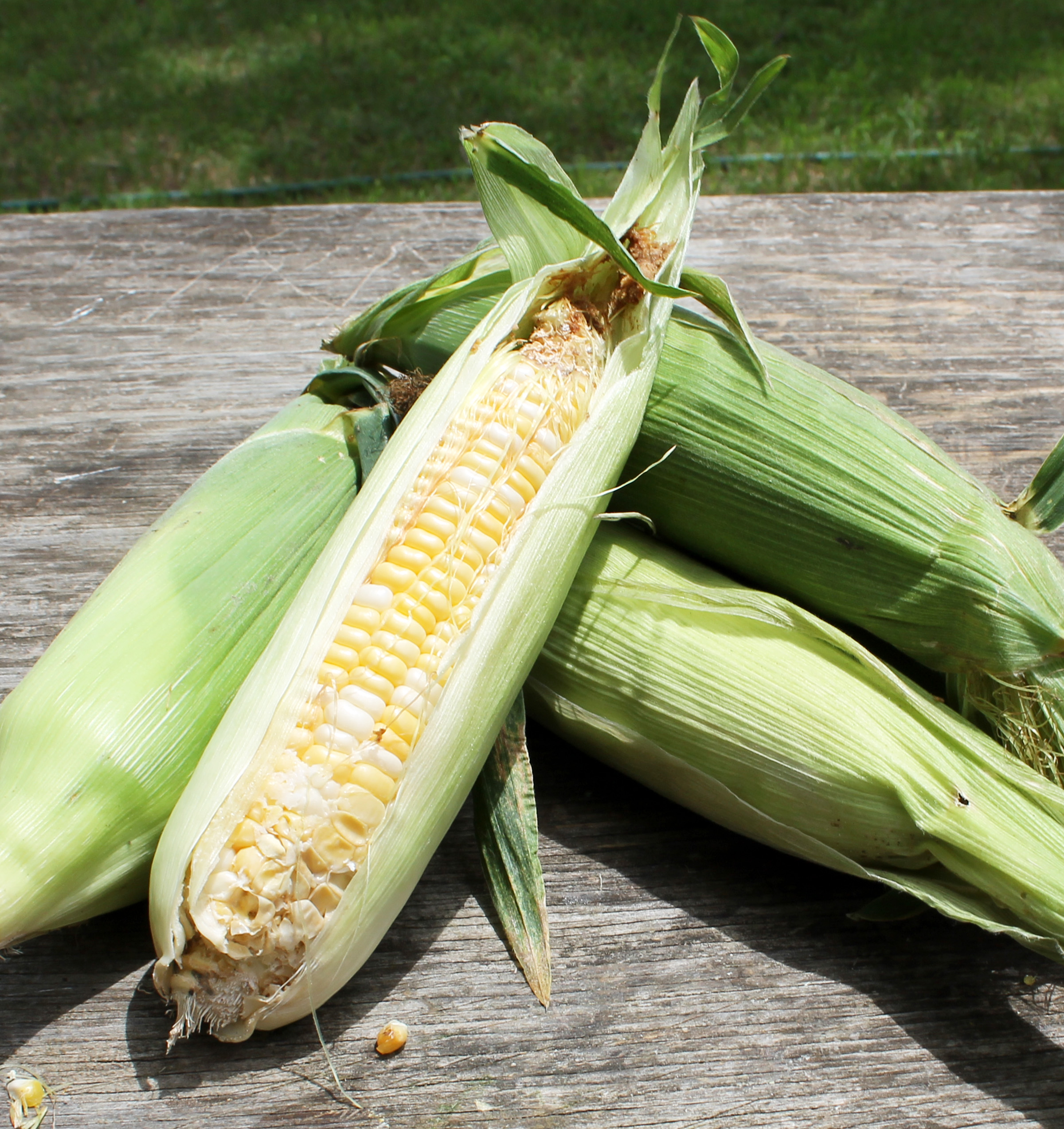Farm & Ranch
Buckle Up for 2015, It’s Going to be Bumpy

By Allison Floyd
Farm profits in 2015 could be as low as they were in 2005, when corn sold for $2 a bushel, a panel of agricultural economists from Purdue University agreed on Friday.
“The Changing Business Climate for Agriculture: The Outlook for 2015” was led by Jim Mintert, the director of the Center for Commercial Agriculture and professor of agricultural economics. He was joined by fellow ag economists Chris Hurt, Michael Boehlje and Michael Langemeier, the associate director of the Center for Commercial Agriculture.
The drop in the price of corn and soybeans has slowed, but don’t expect prices to jump in 2015, the economists said.
“We are really just at that point of transition,” Mintert said. After a peak of nearly $7 in 2012-13, corn dropped for two years and will continue to fall next year, leaving margins as small as they were a decade ago.
“Most agribusiness managers recognize those were very tight margin times (10 years ago). I think that’s where we are headed. That’s our best estimate,” he said.
The boom times of 2012-2013 have passed, but the trend probably won’t turn around in 2015. That means if yields are smaller than in 2014 and prices are the same, margins will be even tighter.
Commodity prices fluctuate, but tend to have long troughs after boom times, said economist Mike Boehlje.
“The problem is, we build capacity when there’re good prices in this industry,” Boehlje said. “When there’re good prices, we bring land into production and we don’t pull it out of production when prices go down because there’s fixed costs.”
The economists agreed that corn will stay at or below $4 for a few years, while soybeans will be between $9 and $10.
At the same time, cotton supply is expected to be high, leaving Southern farmers without a clear planting choice. The U.S. Department of Agriculture expects there will be 5.2 million unsold bales stored at the end of July 2015, twice as much as this year. Chinese leaders have said they intend to draw down on existing stocks in that country, rather than buying more.
While row crop farmers will continue to see extra tight margins in 2015, livestock farmers are expected to have a very good year. The combination of dramatically lower feed prices and record high prices has produced exceptionally strong margins for most producers, Mintert said.
“The big questions for livestock and poultry producers are how long these positive trends will continue and what should producers do to solidify their financial position,” Mintert said.
To watch The Outlook for 2015, go to Purdue’s Center for Commercial Agriculture site.
Farm & Ranch
Managing Show Cattle Through The Winter

By Heather Welper
Husband and wife duo, Heather and Calvin Welper, are the Co-Owners and Operators or Two C Livestock, located in Valley View, Texas.
The pair’s operation has a show cattle focus where they raise and sell purebred heifers of all breeds and club calf Hereford steers.
When it comes to show cattle, the Welpers know a thing or two including how to prepare for the cold winter months and the Texas major show season run.
To read more, pick up a copy of the November edition of North Texas Farm & Ranch magazine, available digitally and in print. To subscribe by mail, call 940-872-5922.

Farm & Ranch
Double M Ranch & Rescue

By Hannah Claxton, Editor
As the sun rises each day, so do the dozens of mouths that Meghan McGovern is responsible for getting fed. Rather than the sounds of a rooster crowing, McGovern hears the bellows and bleats of a variety of exotic deer, the chortle of kangaroos, the grunts of water buffaloes, and the chirps of a lemur.
Nestled against the banks of the Red River, the Double M Ranch and Rescue, with its high game fences and deer sprinkling the landscape,s its in stark contrast to the surrounding ranches.
“Having deer is kind of like eating potato chips- you can never actually have just one,” said McGovern with a laugh.
McGovern has several herds to take care of- fallow deer, axis deer, water buffalo, goats, and bison. In smaller numbers, there’s also a few kangaroos, a lemur, a potbelly pig, a pair of zebras, a watusi, and a few horses.
To read more, pick up a copy of the November edition of North Texas Farm & Ranch magazine, available digitally and in print. To subscribe by mail, call 940-872-5922.

Farm & Ranch
Acorn Toxicity

By Barry Whitworth, DVM, MPH
With the prolonged drought, most pastures in Oklahoma end up in poor condition. With the lack of available forage, animals may go in search of alternative foods.
If oak trees are in the pastures, acorns may be a favorite meal for some livestock in the fall. This may result in oak poisoning.
Oak leaves, twigs, buds, and acorns may be toxic to some animals when consumed.
To read more, pick up a copy of the November edition of North Texas Farm & Ranch magazine, available digitally and in print. To subscribe by mail, call 940-872-5922.

-

 Country Lifestyles2 years ago
Country Lifestyles2 years agoScott & Stacey Schumacher: A Growth Mindset
-

 Country Lifestyles8 years ago
Country Lifestyles8 years agoStyle Your Profile – What your style cowboy hat says about you and new trends in 2017
-

 HOME8 years ago
HOME8 years agoGrazing North Texas – Wilman Lovegrass
-

 Outdoor10 years ago
Outdoor10 years agoButtercup or Primrose?
-

 Equine1 year ago
Equine1 year agoThe Will to Win
-

 Country Lifestyles5 years ago
Country Lifestyles5 years agoAmber Crawford, Breakaway Roper
-

 Country Lifestyles9 years ago
Country Lifestyles9 years agoJune 2016 Profile – The man behind the mic: Bob Tallman
-

 Country Lifestyles8 years ago
Country Lifestyles8 years agoDecember 2016 Profile, Rusty Riddle – The Riddle Way




